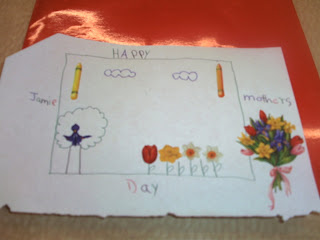
The New York Times reported this week, that there is an estimated 11 million illegal immigrants in the United States. Okay, with that being said, so how should America respond to that rapidly growing population and their needs? America has decided to respond to the immigration situation, with legislation. Arizona adopted a tough law on illegal immigration in 2010 and now many other states, such as, Georgia, Oklahoma and South Carolina, have also done the same recently. Arizona was not the first, to seek legislative measures, to curb immigration, California, actually was the nation’s trailblazer. Orozco & Orozco (2001) assert, “Proposition 187 was known as the SAVE OUR STATE initative, in which Californians claimed they had suffered economic hardship by the presence of illegal immigrants” (p. 41). It is very easy for Americans to seek “scape goats”, when economic hardships arise. Indeed, our current economic troubles and those during the early 90’s pushed many to believe that the problem does not lay in the big business sector or the federal government but with immigrants, who come to America looking for work.
My closest experience with immigration has come through my work. I currently work in the nursing field, and so, I have worked with doctors, nurses, lab technicians, etc..from all over the world and the U.S.. There are times, some miscommunication occurs, but at the end of the day, we figure out what the other person is saying (so we can all give the patients the best care). It is natural to not understand what some one is saying if they have a strong accent but usually, I just listen more closely and catch what the doctor is conveying to me.
My vision of the United States is built upon a hope that maybe all illegal immigrants can “grandfathered in” meaning allowed to stay without any repercussions and penalties. In addition to allowing the families to stay, the government should provide extensive English reading and writing classes, so individuals and families can become legal citizens. The U.S. has to deal with this problem through strong negotiation so law makers on both can fairly write new laws that help rather than harm immigrant families and children.

The truth of the matter is “immigrant children will pick up powerful cues from their social environment” which will greatly impact them in regards to their ability to form a new cultural identity (Orozoco & Orozoco, p 101). For immigrant children, coming to America meant leaving everything that you know behind and starting over…all new. We expect these children to embrace being American and learn our language quickly but if I was a child I probably would have resented the fact that everyone wants me to change. I would feel like, I’m not good or my culture isn’t good. I think we should rethink cultural identity so it can reflect the multi dimensions encompassed in us all. No one should be forced to choose one culture over another, both should be accepted and preserved.






























